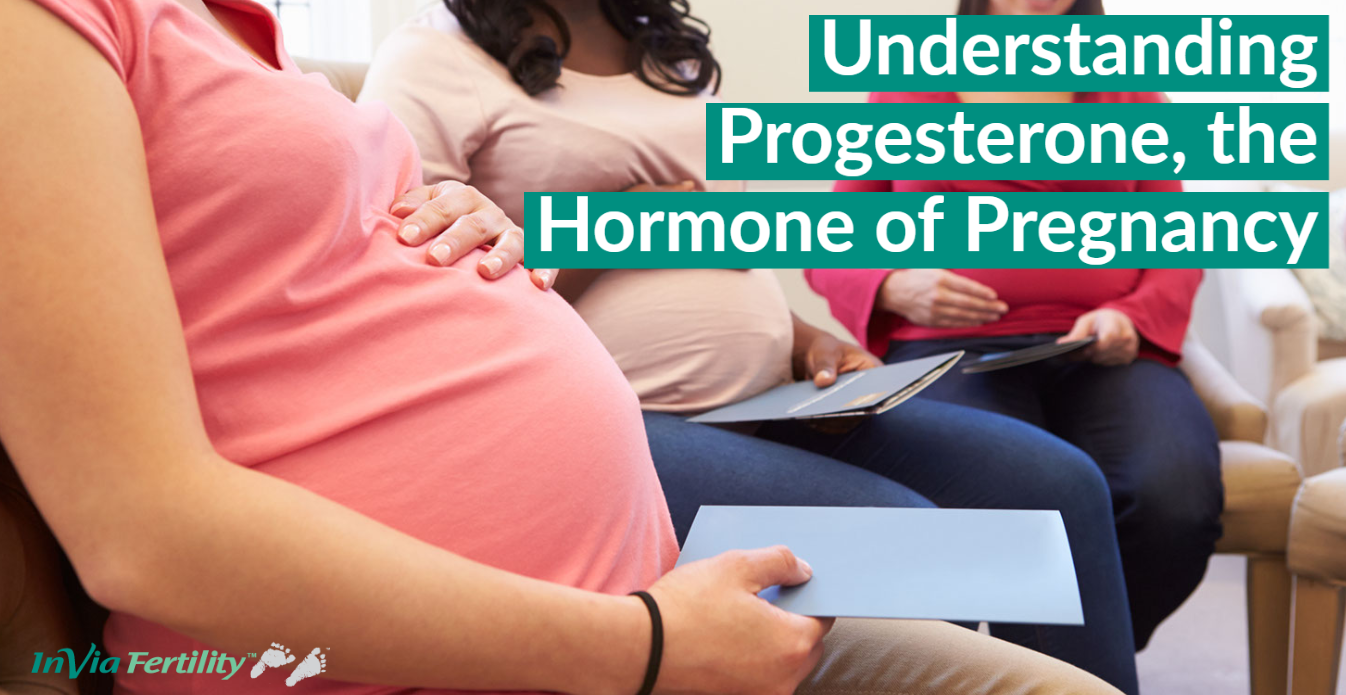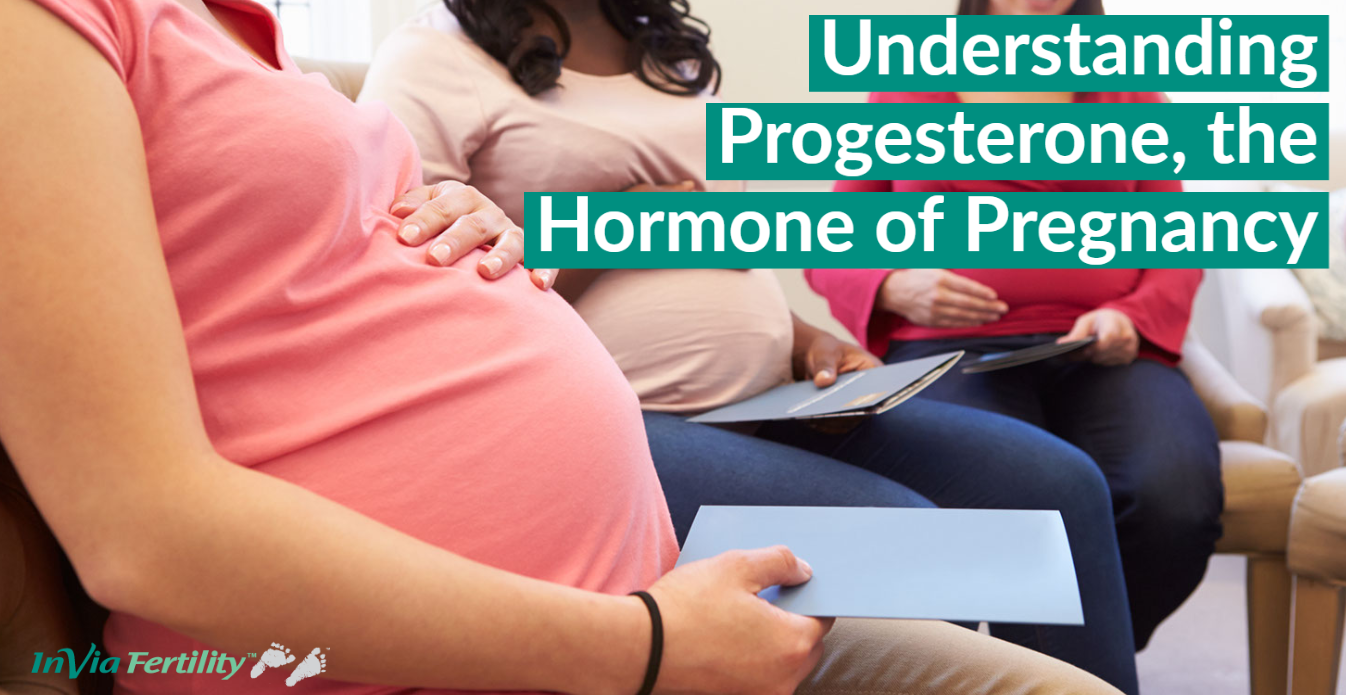
 Progesterone is a steroid hormone involved in the female menstrual cycle and is essential for pregnancy. Progesterone also has many roles relating to the development of the fetus.
Progesterone is a steroid hormone involved in the female menstrual cycle and is essential for pregnancy. Progesterone also has many roles relating to the development of the fetus.
The name Progesterone is derived from Progestational Steroidal Ketone (Willard Myron Allen, 1933).
Progesterone is produced in the ovaries (after ovulation, in the corpus luteum), the adrenal glands, and is stored in fat tissue. During pregnancy the placenta makes progesterone, starting week 7-8 of pregnancy. The corpus luteum makes about 25 mg of progesterone per day. With pregnancy the hormone hCG will “rescue” the corpus luteum and it will continue producing progesterone till the placenta takes over. At term, the placenta makes about 250 mg of progesterone per day.
Progesterone was originally made from yams (Dioscorea Mexicana) but is now synthesized in the laboratory.
For InVia Fertility patients in IVF, progesterone is usually supplemented during the IVF process the day after egg retrieval, usually in the form of vaginal gel, vaginal tablets, or progesterone-in-oil injections.
The progesterone used in fertility treatment protocols is usually “natural” progesterone. These can be in the form of tablets, gels or intramuscular injections. These are different from synthetic progestogens (or progestins) , which are structurally derived from progesterone or testosterone.
Progestins derived from testosterone (these include levonorgestrel, norgestrel, norethindrone) are usually found in birth control pills and are not safe in pregnancy. This is because they can cause masculinization of the genitalia in a female fetus.
Progesterone levels vary during the menstrual cycle. They are relatively low (< 2 ng/mL) in the first half of the menstrual cycle (pre-ovulatory phase), rise after ovulation, and are elevated (> 5 ng/mL) during the second half of the menstrual cycle (luteal phase).
Progesterone levels during the menstrual cycle
The ovary (more specifically, the corpus luteum) releases progesterone as pulses every 1 – 4 hours. Also, the half-life of progesterone is around 1 hour. Measuring progesterone levels in the luteal phase is therefore of limited value as the levels can vary widely (from 2.3 – 40.1 ng/mL). It is akin to looking out of the window once to decide how much it has rained all day!
The endometrial lining has been shown to show specific daily changes during the luteal phase. In patients with recurrent miscarriages, we will sometimes perform an endometrial biopsy and the pathologist will “date” the endometrium to determine if there is a progesterone deficiency.
Infertility Infertility treatment IVF Conception InVia Fertility Specialists

Entire Website © 2003 - 2020
Karande and Associates d/b/a InVia
Fertility Specialists
